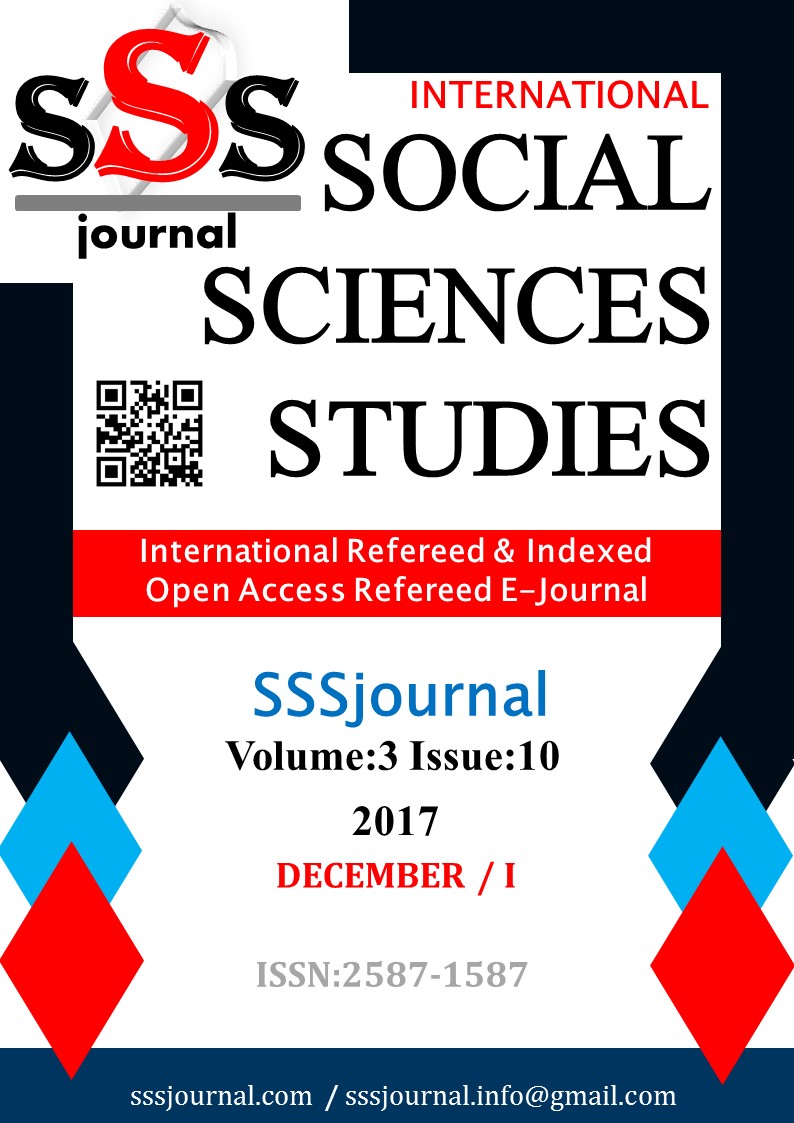Author :
Abstract
Gelişmekte olan ülkeler, turizm endüstrisine yönelik dünya turizm pastasından daha fazla pay alabilmek ve daha fazla gelir elde edebilmek amacıyla bir takım stratejilere dayalı kısa ve uzun vadeli planlamalar ve yatırımlar yapmaktadırlar. Özellikle rekabetin yoğun olduğu turizm sektöründe var olabilmenin ön koşulu yenilikçi yaklaşımların ortaya konulabilmesidir. Yenilikçi yaklaşım anlayışına dayalı pazarlama profili ülkeler bazında olabileceği gibi bölgeler bazında hatta ve hatta şehirler bazında da gerçekleştirilebilmektedir. Etkin pazarlama yönetimini seçen şehirler, her geçen gün rekabettin arttığı piyasada üstünlüğü ele geçirebilmek ve piyasa belirleyicilerinden biri olabilmek amacıyla kendine özgü değerlerin ön plana çıkarılacağı farklılaştırılmış stratejik yöntemlere başvurabilmektedirler. Bu stratejilerden bir tanesi de yaratıcılık farkındalığının ortaya konulduğu yerinde keşfederek öğrenme yöntemidir. Bu bağlamda çalışmanın konusu, yaratıcı şehir ve yaratıcı endüstri anlayışının hakim olduğu “kreatif turizm” yaklaşımını oluşturabilmektir. Bir çok medeniyete beşiklik eden, nesilden nesile artırılabilecek zengin tarihi ve kültürel değerlere sahip olan Hatay, “kreatif turizm” potansiyeli bakımından biçilmiş bir kaftan niteliğindedir. Çalışma kapsamında Hatay İli, ilçeleri, köy ve kasabaları gezilerek yüz yüze görüşme yöntemiyle, yerel halka “kreatif turizmin” ekonomik, sosyal ve kültürel faaliyetleri anlatılmış, kreatif turizm kapsamında değerlendirilebilecek aktiviteler belirlenmeye çalışılmıştır. Görüşmelerde not alma tekniği kullanılmıştır.
Keywords
Abstract
Developing countries are making short and long term planning and investments based on a number of strategies in order to get more share from the tourism industry and to generate more income for the tourism industry. Especially, as a precondition of the existence in tourism sector where competition is intense is to be able to put forward the innovative approaches. The marketing profile based on the understanding of the innovative approach can be done on the basis of countries or even on the basis of regions and even cities. Cities that choose effective marketing management can apply differentiated strategic methods bringing their unique values forefront in order to be able to get the mastery of the daily growing competitive market and become one of the market makers. One of these strategies is the Discovery Learning Approach where the awareness of creativity is revealed. In this context, the subject of study is to be able to create a "creative tourism" approach within the control of the concept of creative city and creative industry. Having rich historical and cultural values that can be increased from generations to generations, Hatay is a cut out for its "creative tourism" potential. Within the scope of the study, Hatay Province, countries, villages and towns were visited and the economic, social and cultural activities of the local people were described by means of interview technique, and the activities that could be evaluated within the scope of creative tourism were tried to be identified. Note-taking technique was used during interviews.





